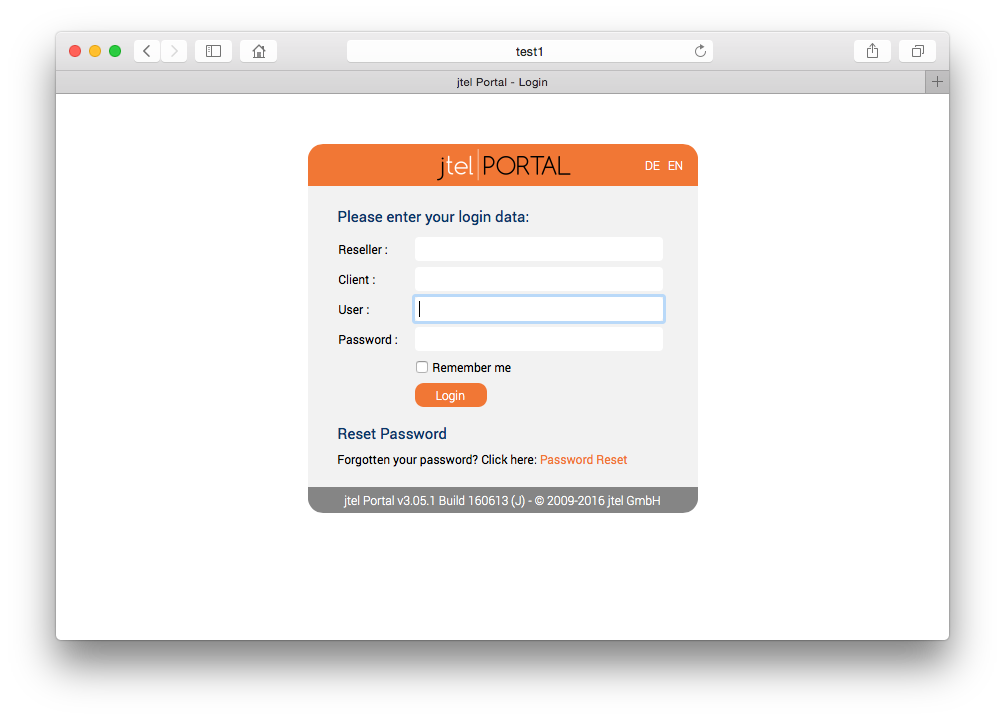Configuration Changes
For redundant installations, the haproxy configuration must be maintained on both nodes identically.
Location of Configuration File
The configuration file is located in:
/etc/haproxy/haproxy.cfg
User for haproxy Administration
The following URL can be used, to access the administration web admin site for the load balancer:
http(s)://acd-store:7777
This page can be used for example to deactivate certain resources for maintenance purposes.
Users, who can access the web admin site, must be configured in the configuraiton file.
First of all, a password must be generated, using the following command:
CAUTION PASSWORD
python2 -c 'import crypt; print crypt.crypt("<password>", "$5$jhaProxy")'
This command creates a password hash with a salt value jhaProxy. This hash and the user name is added to the configuration file. The line for newuser is added, and the user is added at the end of the group admin line:
userlist stats-auth
...
user newuser password <hashvalue>
group admin users admin,jtel,newuser
Configure Redirects
The configuration file allows redirects from the following URLs to the correct login page:
- Root requests directly to the load balancer are redirected to /CarrierPortal/login/RESELLER/CLIENT
- Requests to /mini are redirected to the mini client login page /CarrierPortal/mclogin/RESELLER/CLIENT
Modify the redirect parameters RESELLER and CLIENT according to the required standard RESELLER UID and CLIENT UID on the system. If required (for example for cloud installations), you can remove the /CLIENT part of the URL.
redirect location /CarrierPortal/login/RESELLER/CLIENT if root_req
redirect location /CarrierPortal/mclogin/RESELLER/CLIENT if mini_req
Configure Backend Webservers and SOAP
The list of the backend web application servers and SOAP servers must be configured.
The alias names configured in /etc/hosts will work fine, however make sure you have all of the servers configured.
Here is the backend configuration for two webservers for the portal:
backend jtel_portal
...
server jboss1 acd-jb1:8080 weight 1 cookie jboss1 check inter 1m
server jboss2 acd-jb2:8080 weight 1 cookie jboss2 check inter 1m
And here is the backend configuration for two webservers for the portal:
backend jtel_soap
...
server jboss1 acd-jb1:8080 weight 1 cookie jboss1 check inter 1m
server jboss2 acd-jb2:8080 weight 1 cookie jboss2 check inter 1m
Start the haproxy Service
Start the haproxy service as follows:
systemctl start haproxy.service
Test
Open the following URL in a browser:
http://acd-lb/admin
You should see the login screen of the jtel portal web application:
